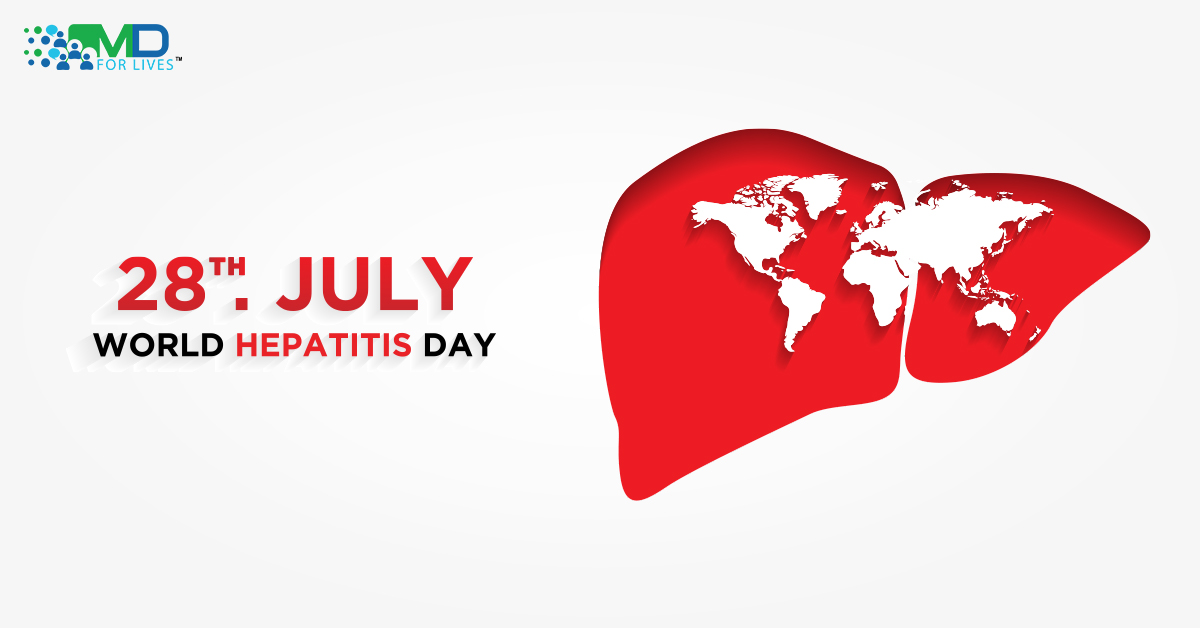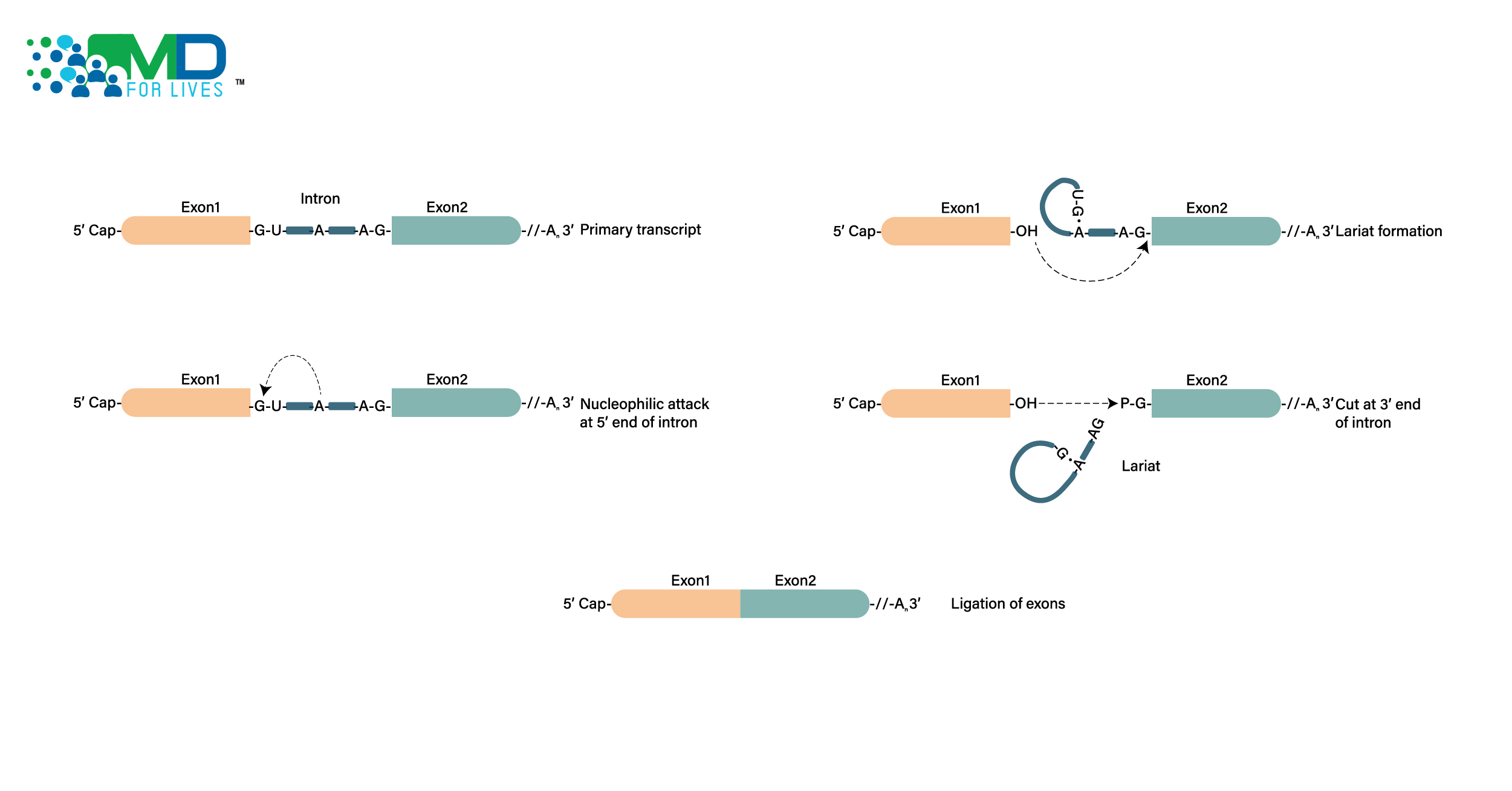The world is currently embattled with a lot of diseases and illnesses. Either resurging or new, these diseases are hard to deal with. Globally, a particular disease affects millions of people annually, and it causes hundreds of thousands of deaths. A person can acquire this through a simple abuse of a drink or from the simplest neglect of hygiene or from a complicated blood transfusion procedure. Once acquired, an inflammation of the liver will be observed with a manifestation of the tender and palpable edge of liver accommodated with fever and jaundice. This is known as hepatitis.
It existed since ancient times and commonly encountered during the 17th, 18th, and 19th-century wars [1]. During the mediaeval wars, it was referred to as the “Campaign Jaundice” or “Epidemic Jaundice” [2]. It affected hundreds of soldiers during their campaigns, and Napoleon Bonaparte led one of the most known ones. His army suffered from the campaign jaundice as they conquer Egypt. Virchow during the 19th century mistaken the cause of jaundice through clogging of the common bile duct which led to the delay of the discovery of true infectious nature of the virus [3].
It was not until the 2nd World War that the jaundice-causing virus recognized. Military officials found that soldiers with jaundice did not possess any evidence of common bile duct clogging [4]. Thus, in 1945 through the research of Stokes and Neefe, the introduction of immunoglobulin of pooled human plasma to children in a summer camp provided protection against the said virus. Since then, the post-exposure prophylaxis was used as an effective intervention until today [5, 6].
Global Standing
Most of the global diseases are currently declining in numbers such as HIV and tuberculosis. However, in the case of hepatitis, it keeps increasing for the past years [7]. Liver cirrhosis, a severe effect of hepatitis, is ranked number nine in 2016 as a cause of death for both upper-middle and lower-middle-income countries worldwide [8]. It only proves that everyone is affected by it regardless of economic status.
In a span of 23 years from 1990 to 2013, an increase of 68% in number was recorded for the said virus. In 2019, it recorded 328 million cases globally– 257 million contributed by HBV and 71 million caused by HCV [7]. Based on WHO, 1 out of 3 people are infected by hepatitis. Approximately 2.3 billion human beings are infected by one or more than one strain of the said virus [9]. Hepatitis has an estimated 1.34-1.45 million annual death in which 90% is contributed by both HBV and HCV, while the remaining 10% is from the other hepatitis strains [9, 10]. Between HBV and HCV, C-strain had a significant increase in recorded cases by 43%. Africa, Oceana and Asia are the continents which recorded the highest mortality [11].
Hepatitis and Its Strains
Majority of hepatitis cases are caused by either a virus, alcohol or drug abuse. There are five major strains of hepatitis virus. Each strain differs from one another. Listed below are the crucial information about each strain.
Hepatitis A virus or HAV- An etiologic agent of infectious hepatitis. It is caused by a picornavirus (a prototype of genus hepatitis). It is transmitted through the faecal-oral route. It has lifetime persistence but does not lead to chronic disease and not oncogenic or cancerous. The virus can be detected up to 4-6 months [12].
Hepatitis B virus or HVB- An etiologic agent of serum hepatitis; It is from a hepadnavirus. It is transmitted through parenteral route, which often causes chronic disease and cancer. It can be detected up to 4-6 months [12].
Hepatitis C virus or HCV- a common etiologic agent of post-transfusion hepatitis. It is caused by a flavivirus and often causes chronic disease and cancer [12].
Hepatitis D virus or HDV- An etiologic agent of delta hepatitis and causes infection in the presence of HBV only. It is transmitted through parenteral route and often causes chronic disease. It is still unknown in terms of cancer [12].
Hepatitis E virus or HEV- It is an enterically transmitted hepatitis through a faecal-oral route. It came from hepevirus. It does not cause chronic disease, and it is not oncogenic [12].
Invisible is not the same as gone
The disease hepatitis, either induced by alcohol or the virus itself, is present in nature and spares no one. In addition, the virus is hard to notice without symptoms, further confirmatory tests. It is an invisible threat to humans. If acquired, that person will be a potential threat to the community.
We can say that the advancement of the modern era helped the current community from becoming like the worrying state of hepatitis back then. Nowadays, there are numerous vaccines to intervene with the hepatitis virus. There are multiple tests available to detect each strain in the human body. Thousands of information are now accessible. Also, there are global initiatives being conducted by numerous organizations such as the WHO’s Combating Hepatitis B and C to Reach Elimination by 2030 [13]. But despite these advancements and efforts, why does the rate of infection of hepatitis still incremental?
The initiatives and advancements alone would not make any difference as long as the testing is prerogative, people tend to be care-free on their selves, lack of government’s will and support, and lack of education and health programs to combat the virus. The goal set by the WHO on eliminating or achieving a significant reduction of cases in 2030 is feasible. To attain this goal, an aggressive continuance of efforts in education and adoptive approach on people should be prioritized and maintained despite the ongoing epidemics and pandemics we are dealing now.

- Wong, David T., Mihm, Martin C., Boyer, James L., and Jain, Dhanpat (September 1, 2015). Historical Path of Discovery of Viral Hepatitis. Retrieved July 11, 2020 from https//www.hmsreview.org/issue-3/2016/9/historical-path-viral-hepatitis
- Starr D (1998) Blood. An Epic History of Medicine and Commerce. Perennial. Harper Collins Publishers. Retrieved July 11, 2020 from https//www.hmsreview.org/issue-3/2016/9/historical-path-viral-hepatitis
- Virchow R (1865). Uber das Vorkommen und den Nachweiss des Hepatogenen, insbesondere des Katarrhalischen Icterus. Virchows Arch Path Anat Physiol 32: 117-25. Retrieved July 11, 2020 from https//www.hmsreview.org/issue-3/2016/9/historical-path-viral-hepatitis
- Cullinan ER (1952). Chapter IX. Infective Hepatitis. In Cope YZ, editor, Medical History of the Second World War. Medicine and Pathology; HMSO, London, 230-49. https//www.hmsreview.org/issue-3/2016/9/historical-path-viral-hepatitis
- Stokes J, Jr., Neefe FR (1945). The Prevention and Attenuation of Infectious Hepatitis by γ-Gobulin. JAMA 127: 144-5. https//www.hmsreview.org/issue-3/2016/9/historical-path-viral-hepatitis
- Craig AS, Shaffner, W (2004) Prevention of Hepatitis A with the Hepatitis A Vaccine. N Eng J Med 350: 476-81.
- Center for Disease Control and Prevention (July 15, 2019). CDC: World hepatitis day. Retrieved July 11, 2020 from https//www.cdc.gov/features/worldhepatitisday/index.html
- World Health Organization (May 24, 2018). The top 10 causes of death. Retrieved July 11, 2020 from https//www.who.int/en/news-room/fact-sheets/detail/the-top-10-causes-of-death
- Jefferies M, Rauff B, Rashid H, Lam T, Rafiq S. Update on global epidemiology of viral hepatitis and preventive strategies. World J Clin Cases. 2018;6(13):589-599. doi:10.12998/wjcc.v6.i13.589
- Cooke, Graham S. et.al. (January 8, 2019). Accelerating the elimination of viral hepatitis. Retrieved July 11, 2020 from https//www.thelancet.com/commissions/elimination-of-viral-hepatitis
- Wiktor, Stefan & Hutin, Yvan (July 12, 2016). The global burden of viral hepatitis: better estimates to guide hepatitis elimination efforts. Retrieved July 11, 2020 from https//www.who.int/mediacentre/commentaries/better-estimates-hepatitis/en/
- Carroll, Karen C., Butel, Janet S., Morse, Stephen A., and Mietzner, Timothy (2016). 27th edition Jawetz, Melnick, & Adelberg’s Medical Microbiology. McGraw-Hill Education; 496-49. Retrieved July 12, 2020.
- World Health Organization (May 2016). Combating hepatitis B and C to reach elimination by 2030. Retrieved July 12, 2020 https//www.who.int/hepatitis/publications/hep-elimination-by-2030-brief/en/






